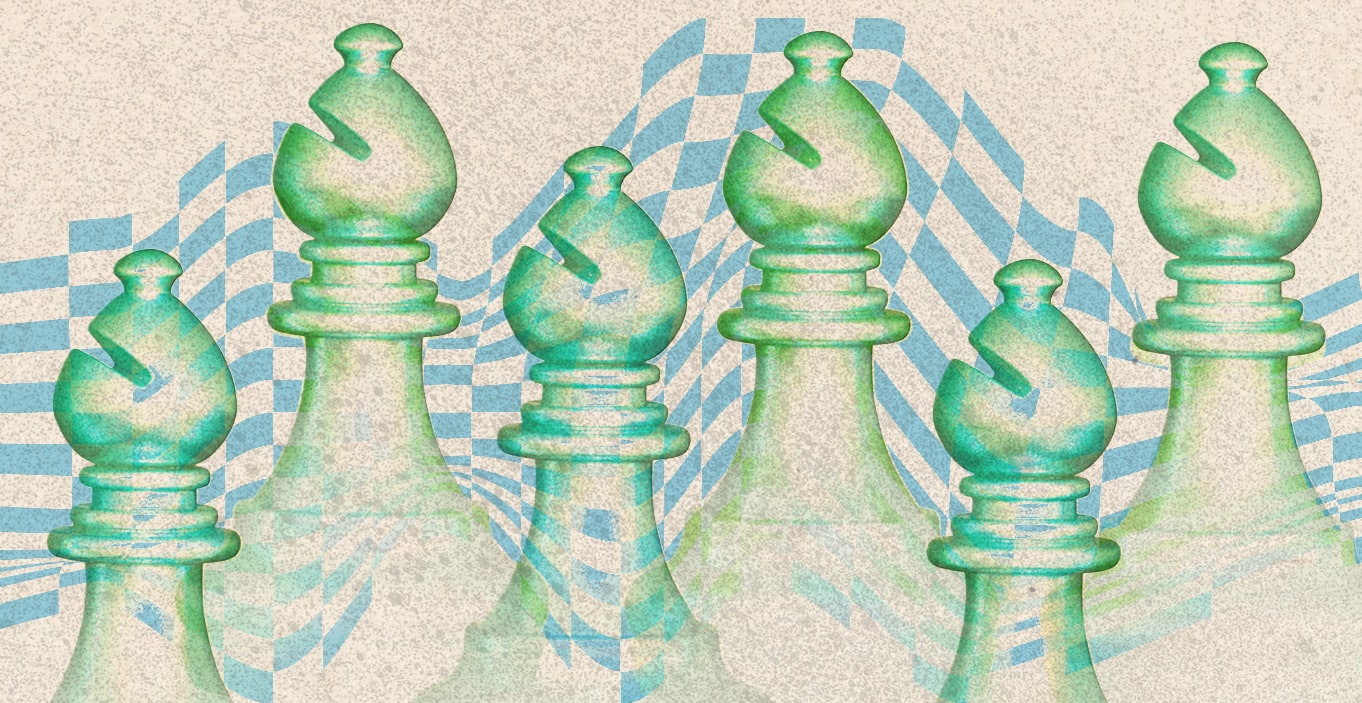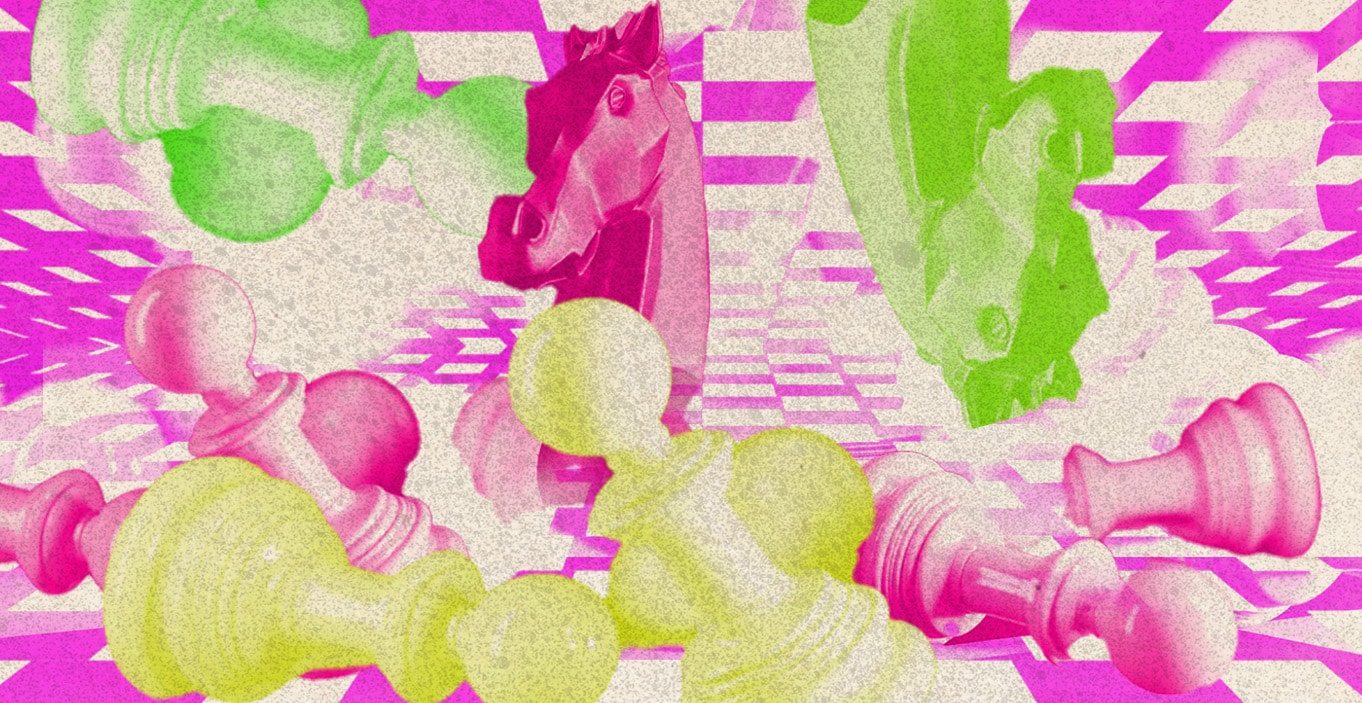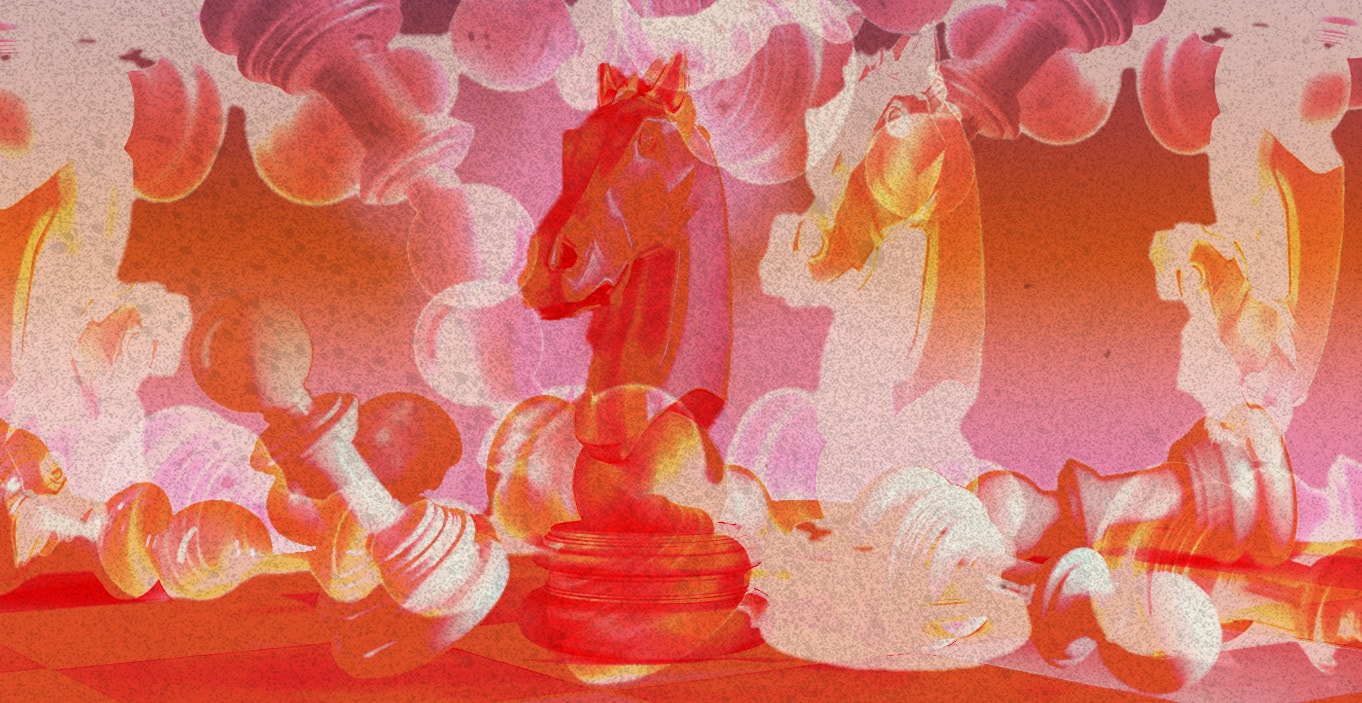Many chess players, myself included, are obsessed with finding the “best” openings to play.
The reason for this obsession is practical. If you get a great position out of the opening, play will be easier.
It’s notable that things are different when playing White or Black. In fact, the “best” openings are more applicable for Black, as it’s Black who chooses how to react to White’s first move.
So let’s have a look at these best openings for Black.
The last few decades clarified a lot of things in the openings. Thanks to the engines, we can now be almost certain about many openings and variations.
It all started in 2000 with Kramnik’s genius idea to play the Berlin against Garry Kasparov. Garry couldn’t break The Wall and ever since then nobody came even close. Actually, the Berlin has established itself as one of the “best” openings for Black against 1.e4.
Computer games and analysis have crystallised which openings are better and which are worse. Against 1.e4, alongside the Berlin, we have the Petroff, the Najdorf and the Sveshnikov. These openings have proved to be the best ones when it comes to statistics, safety of Black’s position and lack of chances offered to White. Naturally, they all differ in their essence and character, but this is for each player to decide.
Against 1.d4, we have a wider variety. The first line of defence goes to the Queen’s Gambit Declined, the Nimzo-Indian and the Ragozin combination and the Semi-Tarrasch after 1.d4 Nf6 2.c4 e6 3.Nf3 d5 4.Nc3 c5 5.cxd5 cxd4! (instead of the more usual 5…Nxd5). Close to these is the Slav complex and the Grunfeld.
I have witnessed and was part of the Kasparov era in the 1990s when opening preparation consisted of digging things up with engines and springing surprises on the unsuspecting opponents. It required work to find new ideas for both colours. Nowadays, however, the effort to find new ideas has increased, but only when playing with White!
When playing with Black, the player doesn’t really need new ideas. The reason for this is that the vast amount of theory, with the countless computer games forming it, once memorised, is actually sufficient to obtain a good game without inventing new ideas. Simply following the theory is enough for Black.
That is why all the onus is on White. It is White who must try to find new ideas, but in all the openings mentioned above, no new idea will change the evaluation of a well-established variation. What we have then, is a situation where White hopes that his new idea would set Black thinking and hopefully lead to independent play, while Black, faced with a new idea, knows that his position is more than fine in spite of being surprised in the opening.
This feeling of being safe with Black even when surprised is not something that existed in the 1990s. Back then, whenever faced with a prepared surprise, you’d assume that your opponent has refuted the line!
This is why the mentioned openings are the best ones. No surprise will ever refute them. A surprise can be a big one and even win a game, but the opening will never be in danger. As a typical example of such an idea, that eventually won a game, but didn’t even come close to shaking the belief in the opening is Caruana’s 16.c3 in the sharpest Poisoned Pawn variation in the Najdorf, played against Vachier at the Ekaterinburg Candidates Tournament. The move shocked Vachier, but it’s clear that the move was easily neutralised as soon as the game finished, so it didn’t affect the Najdorf in one bit.
That is why almost all of White’s ideas nowadays are mostly one-game ideas. It’s a hit-and-run approach and it requires a lot of work to stockpile a bunch of ideas to have at one’s disposal.
The latest illustration of these different approaches with White and Black were the last two World Championship matches. Nepomniachtchi stuck to his Petroff against Carlsen and got equal positions without demonstrating anything new and just following theory. Both Ding and Carlsen varied their White openings in an attempt to catch Nepo on unfamiliar ground and it has to be admitted that Ding was more successful than Carlsen, as he managed to obtain many promising positions with the white pieces by playing sidelines.
To conclude, playing the best openings with Black will make your life easier, especially against opponents who haven’t prepared a surprise, when following established theory will suffice. And when faced with a surprise, the player should remember the inherent solidity of the opening to have the belief to successfully navigate the surprise he’s facing. Often this won’t be easy, but when you know the truth is there in the position, it’s easier to look for it and, hopefully, find it.





